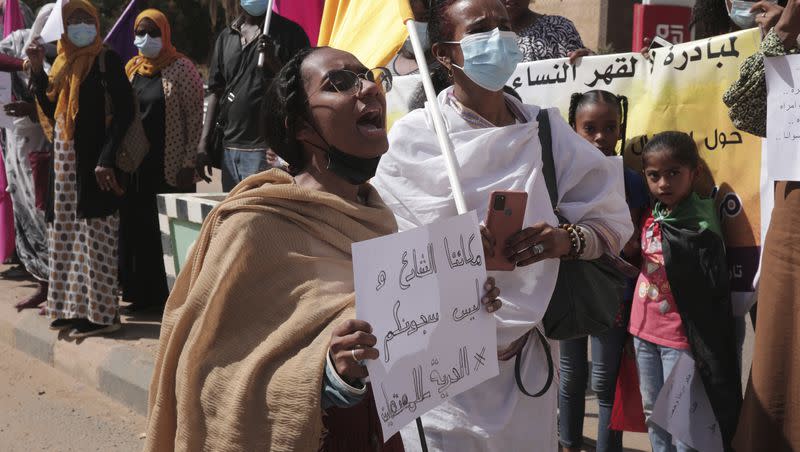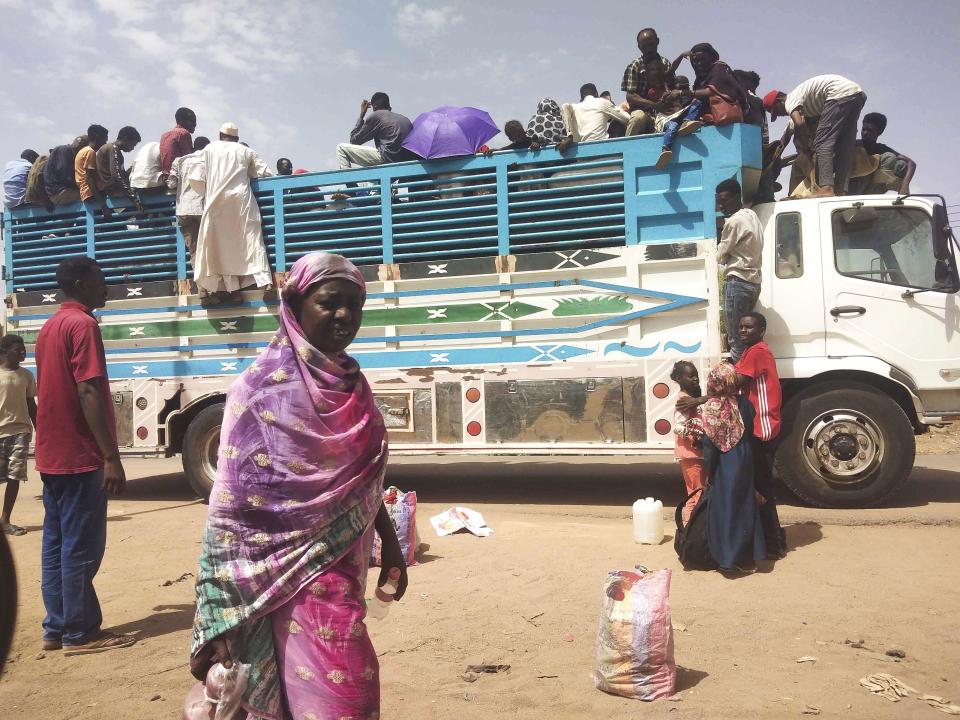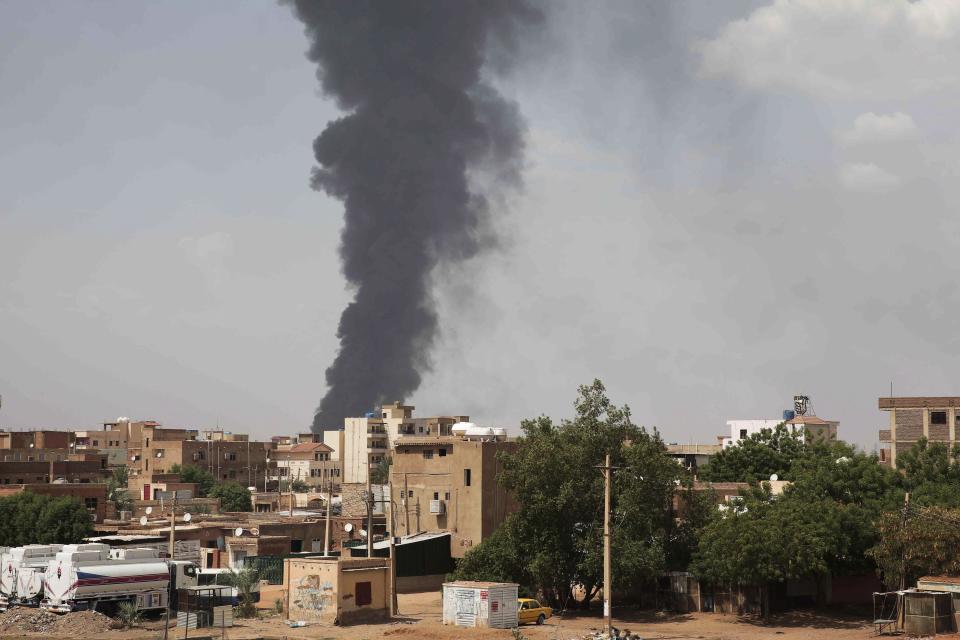Sudan update: It’s worse than we thought

Fighting erupted in Sudan between the Sudanese Army and the paramilitary Rapid Support Forces on April 15,. Since that outbreak of violence, the situation continues to “spiral out of control,” according to a report from the United Nations released last week.
U.N. High Commissioner for Human Rights Volker Türk issued a strongly worded statement that the “disastrous, senseless war in Sudan, born out of a wanton drive for power, has resulted in thousands of deaths, the destruction of family homes, schools, hospitals and other essential services, massive displacement, as well as sexual violence, in acts which may amount to war crimes.”
Displacement and migration
UNHCR, the U.N. refugee agency, noted that more than 4.3 million people have fled their homes because of the fighting. The latest U.N. data indicates that more than 900,000 refugees and asylum-seekers have sought refuge in neighboring countries and 195,000 South Sudanese have been forced to leave Sudan.
More than 3.2 million people remain internally displaced, including more than 187,000 refugees already living in the country at the start of the crisis, now making them double refugees.
More than two-thirds of hospitals in the affected areas were out of service, denying access to care for “tens of thousands of people,” said Dr. Margaret Harris, spokesperson for the World Health Organization.

‘Grim prediction’ now ‘harsh reality’
The World Food Programme reported on Aug. 11 that more than 20 million people have been “plunged into severe acute hunger” in Sudan.
Of those 20.3 million, 6.3 million people are experiencing Phase 4 emergency levels of hunger — just one step from famine.
“The operating environment in Sudan is without a doubt the most challenging that I have experienced in my career,” said Eddie Rowe, WFP country director for Sudan, looking back over his more than three decades with the agency. “Since mid-April, the conflict has continued to spread, and its dynamics have become increasingly more complex. Gaining access to people in need of lifesaving food assistance has also become more challenging and increasingly urgent,” he said.
14 million children ‘in dire need’
Harris, with the World Health Organization, said it is becoming increasingly difficult to control ongoing outbreaks of measles, malaria and dengue. “Conditions are even more dangerous for children,” she said, with about one-third of children under 5 years old now chronically malnourished. “Measles and malnourishment equal a death sentence for children under five.”
“The numbers are staggering. Almost 14 million children — a number roughly equivalent to every single child in Colombia, France, Germany or Thailand — are in dire need of humanitarian support,” UNICEF deputy executive director Ted Chaiban said in a briefing at the beginning of August. “One out of every two children in Sudan are now facing unimaginable challenges to their safety and well-being. Every single day.”
Before the war erupted on April 15, he said that Sudan was already grappling with a humanitarian crisis. “Now, more than 110 days of brutal fighting have turned the crisis into a catastrophe, threatening the lives and futures of a generation of children and young people who make up over 70% of the population.”
Related

Mass executions
Shot at while they drowned. Executed in the desert. Those who collected the bodies recount “one of the worst days” in Darfur’s genocide-scarred history, reports the headline of a CNN article.
Unfolding in the west Darfur capital of El Geneina on June 15, hundreds of families were plotting their escape. The state governor had just been executed and mutilated by Arab militia groups, leaving civilians with no choice but to flee.
Hundreds of families gathered in the El Geneina on June 15, plotting their escape from what had become a “hellscape of blown-out buildings ... and streets strewn with corpses.”
CNN investigated eyewitness reports of a “gruesome massacre” that is thought to be one of the most violent incidents in the genocide-scarred Sudanese region’s history. “The powerful paramilitary Rapid Support Forces and its allied militias hunted down non-Arab people in various parts of the city and surrounding desert region, leaving hundreds dead as they ran for their lives.”
Survivors recounted victims being executed in the streets, or sprayed with machine gun bullets as they tried to cross a river, which was running unusually high that day. More than 120 bodies were counted, dead from bullets or drowning.
“More than 1,000 people were killed on June 15. I was collecting bodies on that day. I collected a huge number,” one local humanitarian worker, who asked not to be named for security reasons, told CNN. He said the dead were buried in five different mass graves in and around the city.
Of those who made it out alive, the vast majority headed to a border town in Chad, about 22 miles away, where a sole surgeon with Doctors Without Borders met the survivors. Dr. Papi Maloba told CNN: “I remember the first death I recorded. It was a 2-year-old who had been shot several times in the abdomen.”
Humanitarian leaders are pleading with the two warring factions to end the fighting, and with the international community to step up funding, saying current efforts are only 27% funded. “Please change that,” they write.
Holly Richardson is the editor of Utah Policy.

